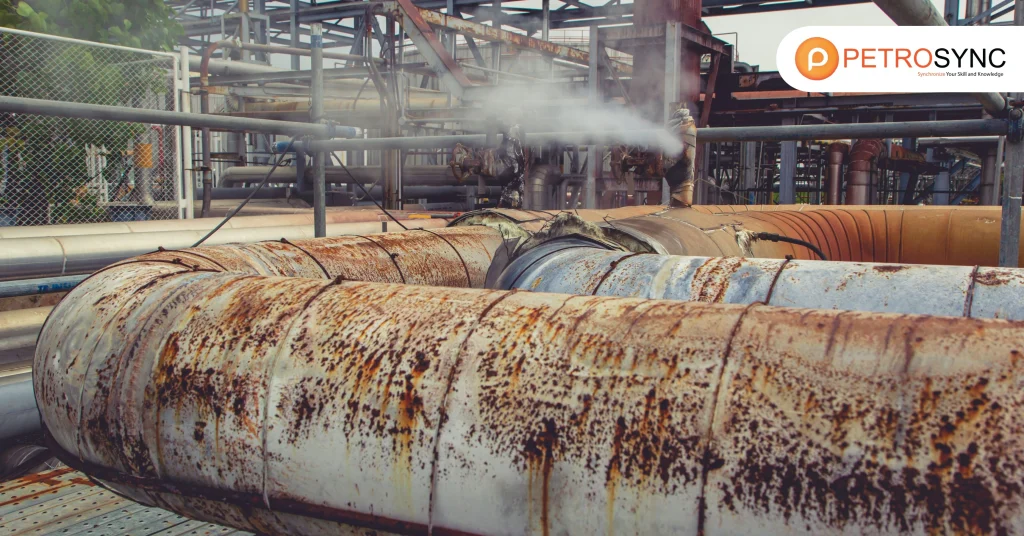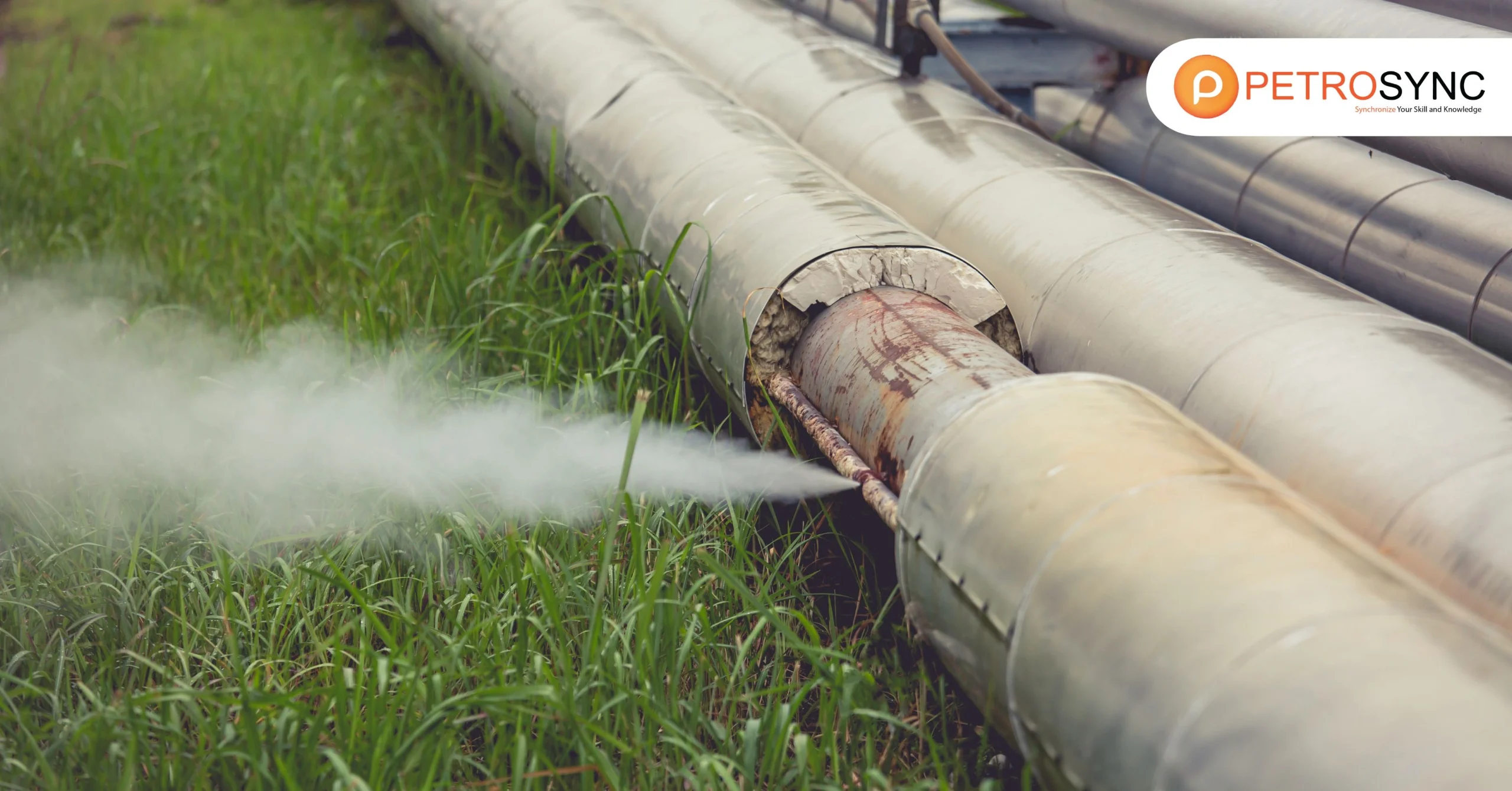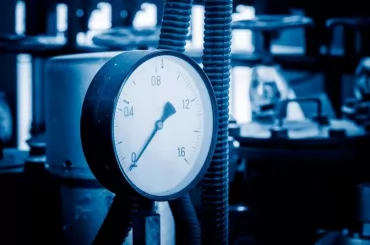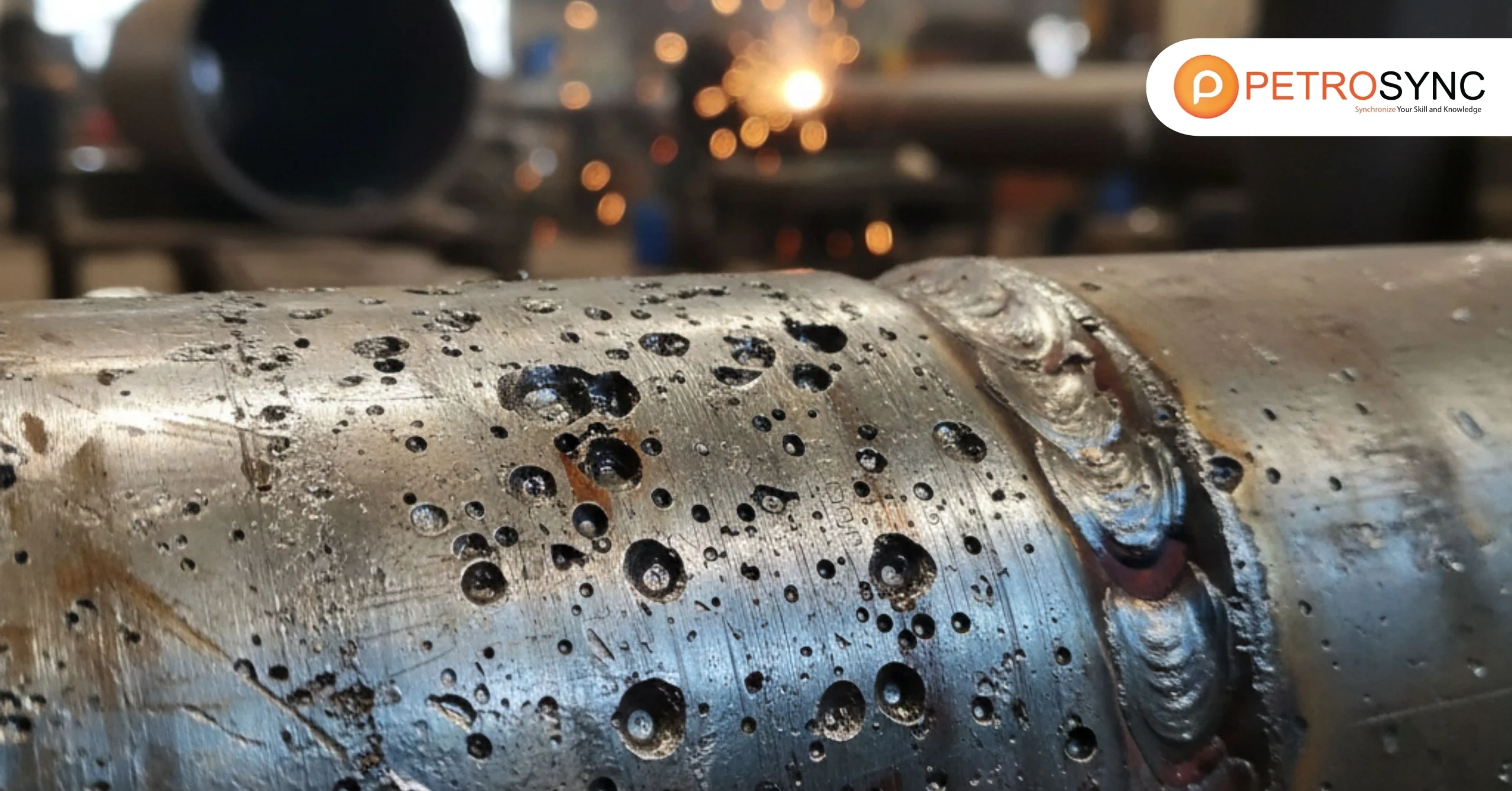Corrosion may also appear like a minor inconvenience at first, however in reality, it is one of the most chronic and expensive challenges dealing with industries worldwide. From offshore oil rigs to petrochemical plant, the gradual degradation of substances brought about via corrosion can lead to most important protection risks, manufacturing downtime, and large economic losses.
According to the National Association of Corrosion Engineer (NACE), corrosion charges the international economic system over $2.5 trillion annually, accounting for about 3-4% of the international GDP. Understanding corrosion is no longer simply the challenge of cloth scientists—it’s a strategic necessity for senior engineers, plant managers, and decision-makers alike.
What is corrosion?

Corrosion is a herbal method through which sophisticated metals deteriorate due to chemical or electrochemical reactions with their environment. This degradation compromises the structural integrity and overall performance of gear and infrastructure.
Simply put, corrosion is the return of metals to their natural, greater steady oxidized state. For example, when iron reacts with oxygen and moisture, it types rust—a frequent kind of corrosion. In the context of oil and gas, power generation, and chemical processing industries, Integrity loss isn’t just about rusting.
It involves complex mechanisms that can lead to sudden failures in pipelines, storage tank, pressure vessel, and heat exchanger. If left unchecked, Integrity loss can threaten safety, increase maintenance costs, and reduce the lifespan of critical assets.
What are the types of corrosion?
There are several types of corrosion, each with distinct characteristics and implications. Here are some of the most common:
- Uniform Corrosion: A widespread, even degradation across the surface. Though easier to detect and manage, it can still significantly reduce wall thickness and structural strength.
- Pitting Corrosion: This localized form leads to the creation of small, deep pits. It’s particularly dangerous because it can go undetected until failure occurs.
- Crevice Corrosion: Found in shielded areas where stagnant micro-environments form, such as under gaskets or bolts.
- Galvanic Corrosion: Occurs when two dissimilar metals are in electrical contact in a corrosive environment. One metal becomes anodic and corrodes faster.
- Stress Corrosion Cracking (SCC): A dangerous combination of tensile stress and corrosive environment leads to sudden cracking and failure, often without much warning.
- Intergranular Corrosion: Happens along grain boundaries of a metal, particularly in improperly heat-treated stainless steels..
Understanding the type of Integrity loss helps in selecting the right preventive or mitigation strategies, such as coating systems, cathodic protection, or material upgrades.
What are the main factors that can cause corrosion?
Corrosion is influenced by a wide range of environmental and operational factors:
- Moisture and Humidity: The presence of water—especially salty or acidic—accelerates Integrity loss.
- Temperature: Higher temperatures typically increase reaction rates and can make environments more aggressive.
- Chemical Exposure: Acids, bases, salts, and other reactive chemicals can drastically alter Integrity loss behavior.
- Material Properties: Some metals are inherently more Integrity loss-resistant due to protective oxide layers (e.g., stainless steel, titanium).
- Design Flaws: Poor design features like sharp corners, stagnant zones, or crevices can promote localized Integrity loss.
- Microbial Activity: Certain bacteria, especially sulfate-reducing bacteria, can induce or accelerate Integrity loss in specific environments.
By understanding these contributing factors, engineers can make better-informed decisions regarding material selection, protective coatings, inspection intervals, and operating conditions.
What are the 4 elements of corrosion?
Corrosion, especially electrochemical Integrity loss, generally requires four fundamental elements to occur:
- Anode: The part of the metal surface that corrodes, releasing electrons.
- Cathode: The surface where reduction takes place, receiving the electrons.
- Electrolyte: A conducting medium (often water or moisture with dissolved salts or gases) that allows the flow of ions.
- Metallic Pathway: A physical connection that allows electron flow between the anode and cathode.
These four components form a Integrity loss cell. By disrupting any one of them—say, using coatings to block electrolytes or cathodic protection to manipulate electron flow—you can effectively control or prevent Integrity loss.
Join PetroSync’s Training and Lead the Fight Against Corrosion
If you’re already looking into corrosion training, chances are you understand how serious its impact can be—both technically and financially. Whether you’re managing inspection schedules, overseeing plant reliability, or making strategic decisions, understanding Integrity loss deeply is no longer optional—it’s essential.
The right knowledge doesn’t just reduce failure risks; it can extend asset life and drive measurable ROI for your operations. At PetroSync, we don’t simply educate standards—we equip gurus like you with real, relevant competencies to lead Integrity loss mitigation effectively.
Our education is designed for skilled engineers, senior managers, and decision-makers who favor remaining beforehand in a high-risk environment. If you are geared up to take that subsequent step, we’re right here to assist you lead the battle towards Integrity loss—with self assurance and clarity.

Results-oriented and thorough SEO specialist with extensive experience in conducting keyword research, developing and implementing digital website promotion strategies and plans, managing campaigns to develop company websites in the digital world, excellent knowledge of marketing techniques and principles, and attentive strong attention to detail.







